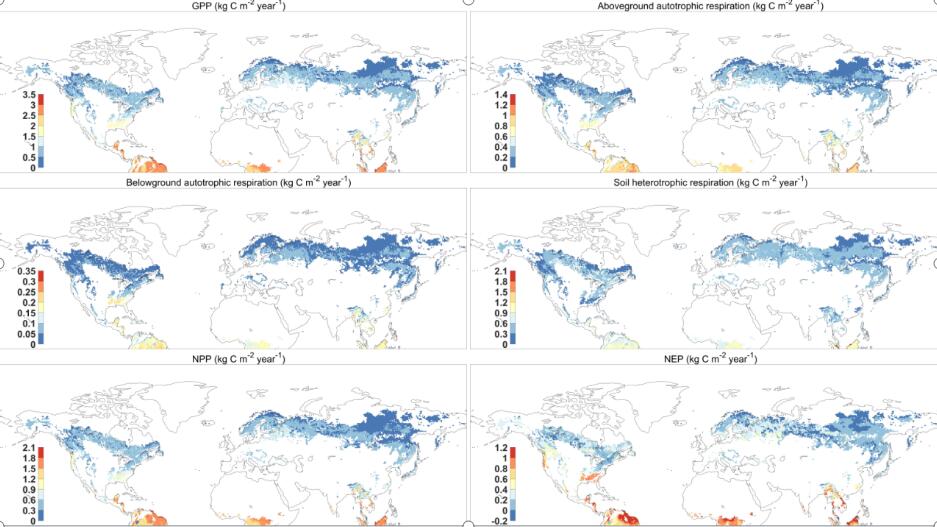Forests contribute an enormous carbon flux to terrestrial ecosystems. Thus, accurate estimation and prediction of forest dynamics both play an important role in understanding the carbon cycle in the background of global change. Process-based ecological models have been often considered effective tools for evaluating forest dynamics at multiple scales.
Previously, researchers at the Wuhan Botanical Garden of the Chinese Academy of Sciences have developed an individual tree-based carbon model, Forest Ecosystem Carbon Budget Model for China version 2.0 (FORCCHN2), by integrating non-structural carbohydrate pools to couple tree growth and phenology. The model was tested in a temperate forest in central Massachusetts, USA (Harvard Forest), and it was able to predict realistic and stable carbon dynamics.
In this study, the research group presented a dynamic-link library package designed to provide a flexible and user-friendly interface for implementing the latest version of FORCCHN2.
The FORCCHN2 has been tested at 78 flux sites and applied in predicting the spatial distribution of mean gross primary productivity, aboveground and belowground autotrophic respiration, soil heterotrophic respiration, net primary productivity, and net ecosystem productivity of the Northern Hemisphere forests (1980- 2016).
The assessment indicates that FORCCHN2 is able to satisfactorily predict carbon dynamics in hemispheric-scale forests, and provides an open-access dataset of carbon outputs across Northern Hemisphere.
With the potential applications of FORCCHN2 in many researches, there is plenty of scope for this model in the study of forest ecology, climate change, and carbon estimations.
This work was supported by the National Natural Science Foundation of China, and it was published in Geoscientific Model Development entitled "FORCCHN V2.0: an individual- based model for predicting multiscale forest carbon dynamics."







